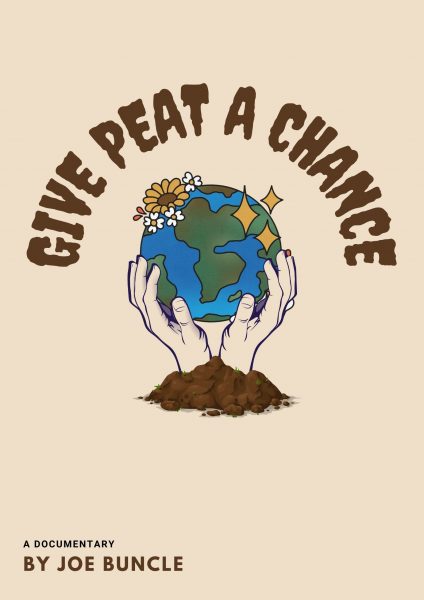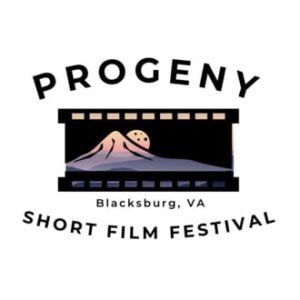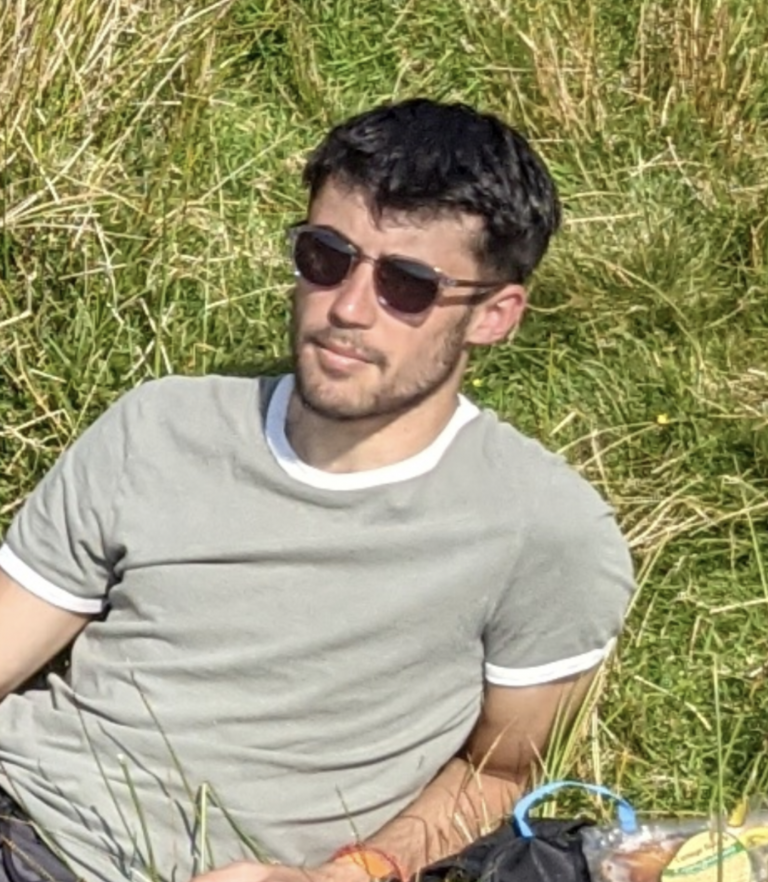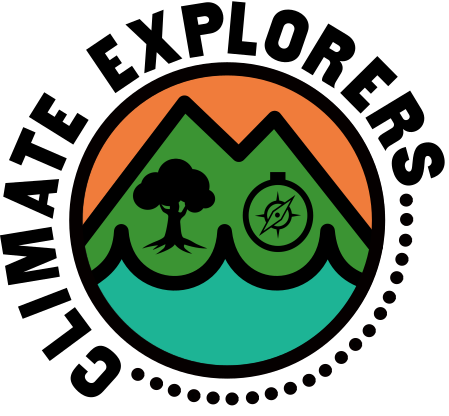
Give peat a chance
Why peat?
Despite lacking the obvious beauty and charisma of the world’s forests, peatlands are just as important. They store at least twice as much carbon, even though just 3% of the global land surface is covered by peat. 10% of the UK is covered by peatland, and our wetland habitats support biodiversity and provide habitat for rare species of plants and animals. So why are we failing to protect these vital greenspaces?
In this short documentary, journalist Joe Buncle investigates the power of peat, and speaks to people who are fighting against the destruction of one of our most valuable and surprising natural resources.
Tom Eccles and Gordon Richardson are campaigners fighting to save Dane’s Moss, an ancient peat bog in Macclesfield, North West England. The local council plans to build almost 1000 new homes (and a supermarket) on the site, which would have a devastating effect on the biodiversity of the area, and mean the loss of a greenspace beloved by local people. Disturbing the soil would release carbon that has been locked away for thousands of years back into our atmosphere, forming carbon dioxide and contributing to the greenhouse effect. Also featured is journalist Sally Morgan, one of the founding members of the Peat Free April movement. The goal of Peat Free April is to end the sale of peat entirely, and focuses it’s campaign on it’s rampant use in fertilisers.
The documentary also covers a trip to the expansive wetland landscapes of the Peak District, and sees Joe get up close and personal with a bog. This film sets out to shine a light on peatland protection and restoration as a climate solution. Media about the ongoing climate crisis can often be overwhelming, but Give Peat a Chance aims to share the stories of people who are doing their bit to change the world for the better.
the adventure
In my film, I wanted to capture some of the beauty of peatland bogs (which some may think is in short supply), and originally planned to walk from Danes Moss into the heart of the Peak District. Instead, my eventual route was suggested by a friend who is an avid climber and currently in the process of writing a book about walks in the Peak District for those who (like myself) may rely on public transport. He devised a walk which took me across Stanage Edge (popular among rock climbers for its 4 mile stretch of gritstone), and it was here where I met artist Craig Longmuire. Craig, who told me that his name roughly means ‘rock’ and ‘expansive wetland’ respectively, was also admiring the landscape and its peatlands that afternoon, and briefly shared his enthusiasm with me in a short interview.
I have only recently learned that ‘Moss’ in place names is a good indicator that peatlands are afoot, and while walking along Stanage Edge I was able to film some beautiful landscape shots of White Path Moss. This was also where I had my closest encounter with a peat bog to date. Having seen my friend and assistant cameraman Reza very nearly sink through the deceptively dry looking reed-covered surface into a boggy hole, it shouldn’t really have come as a surprise when I found myself waist deep in the same place. Though it was an unseasonably warm day in March, I wasn’t quite ready for a dip, or indeed keen on becoming a bog body. I did, of course, make it out of the bog alive.
Day 1
day 2
Film Festival Award WInner

Progeny Short Film Festival
Award Winners – Climate Explorers
18th October 2022
the crew
Film and photography team

Joe Buncle
Multimedia journalist with a passion for the Great Outdoors

Reza Sadeghi
Assistant cameraman and editor
